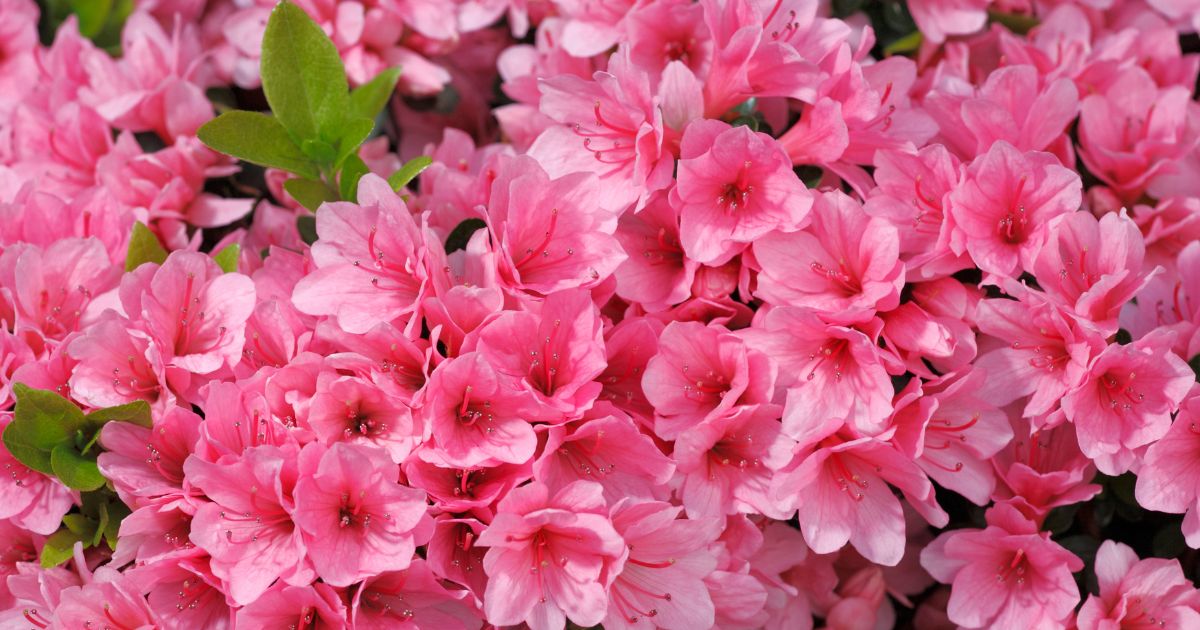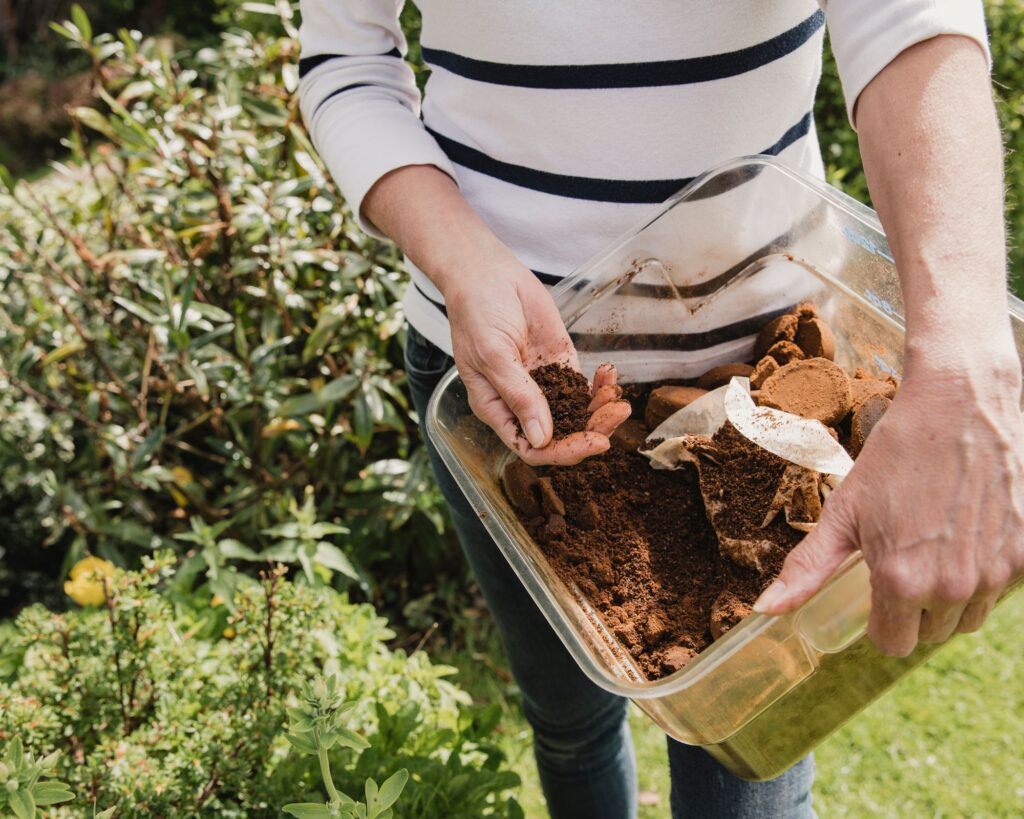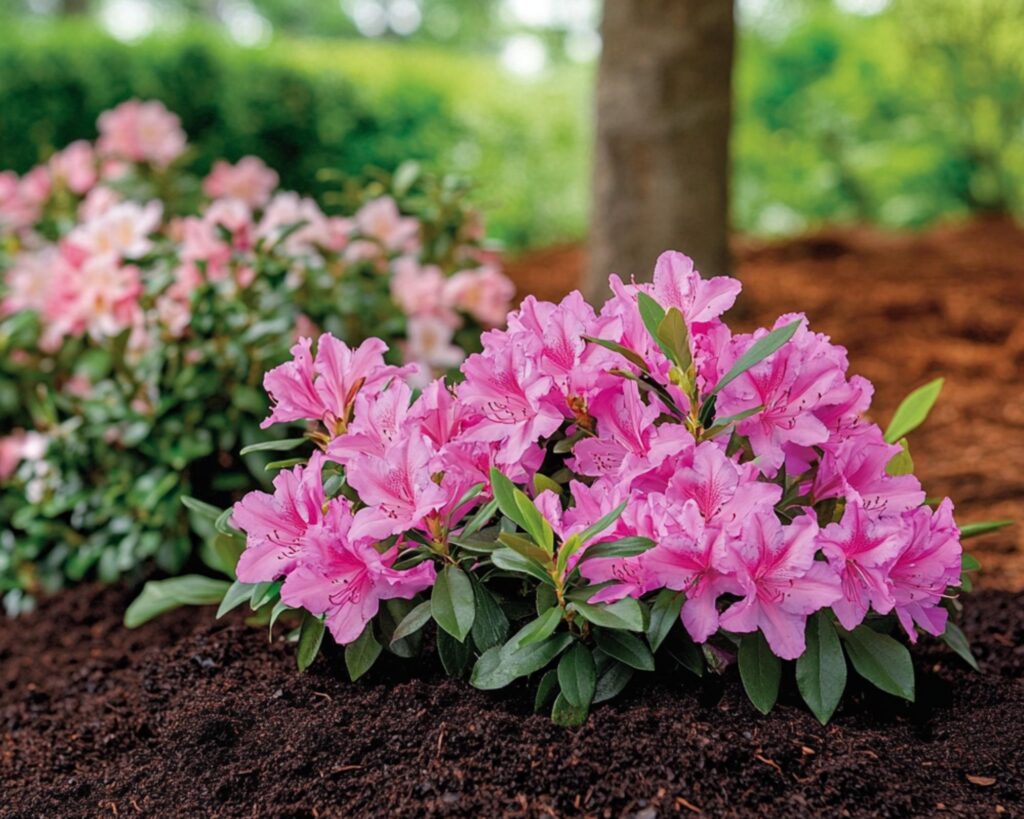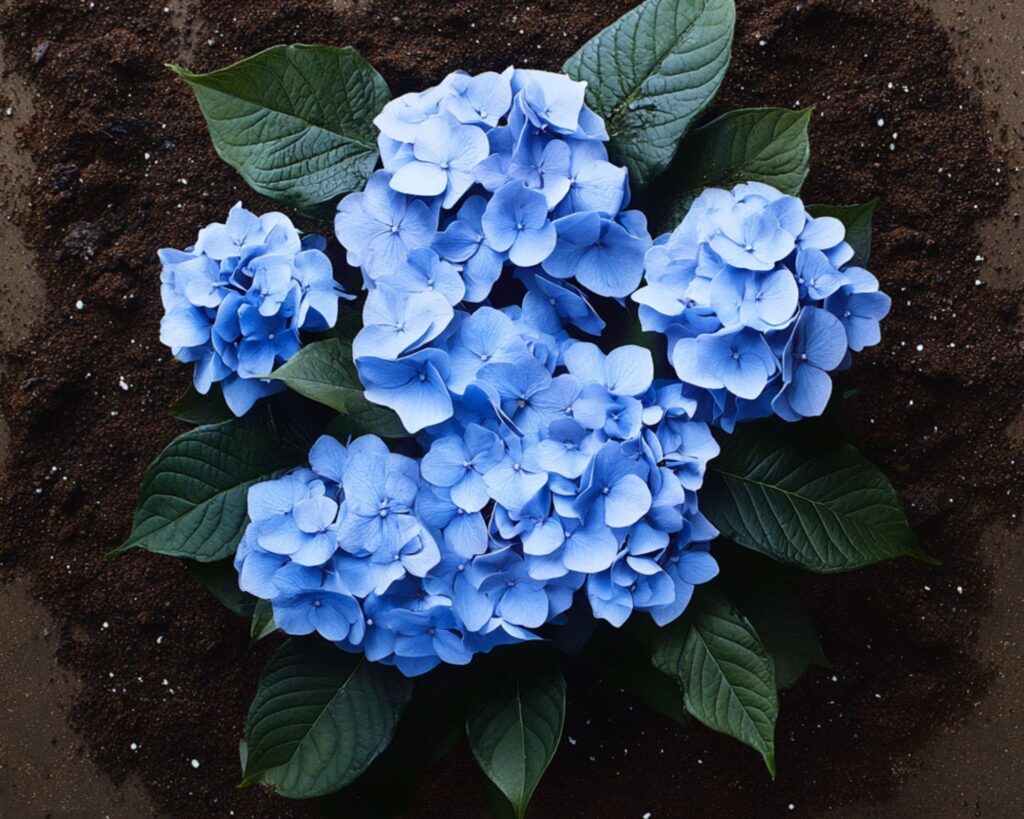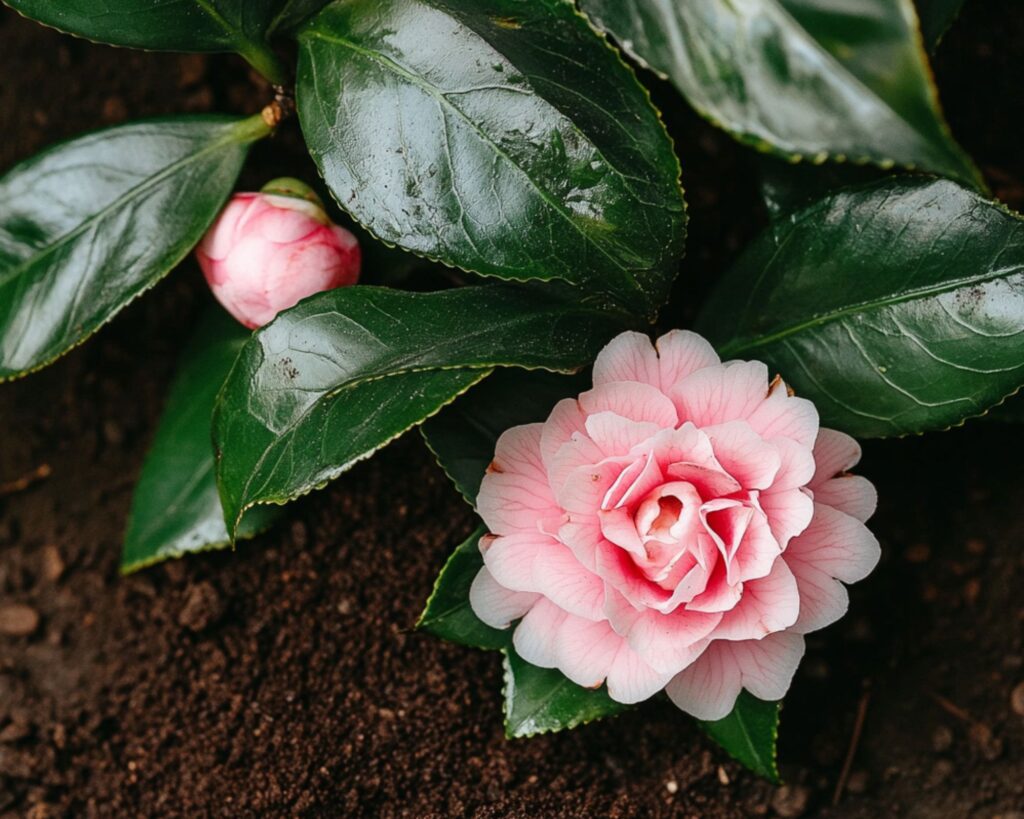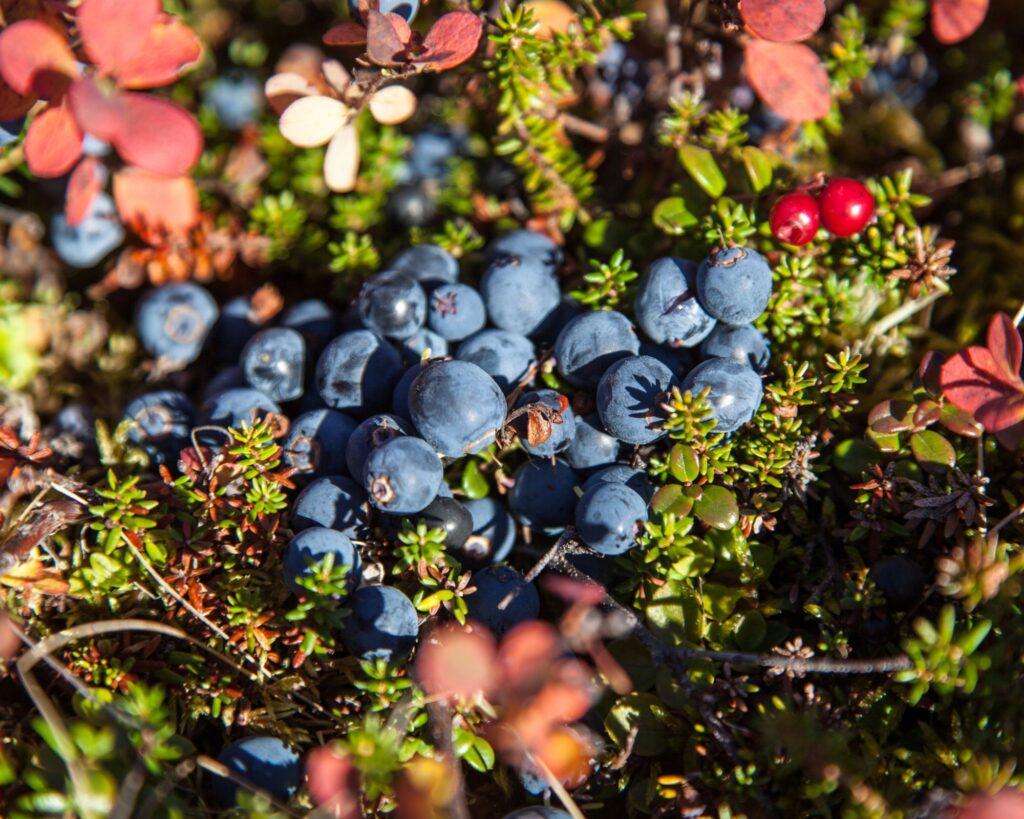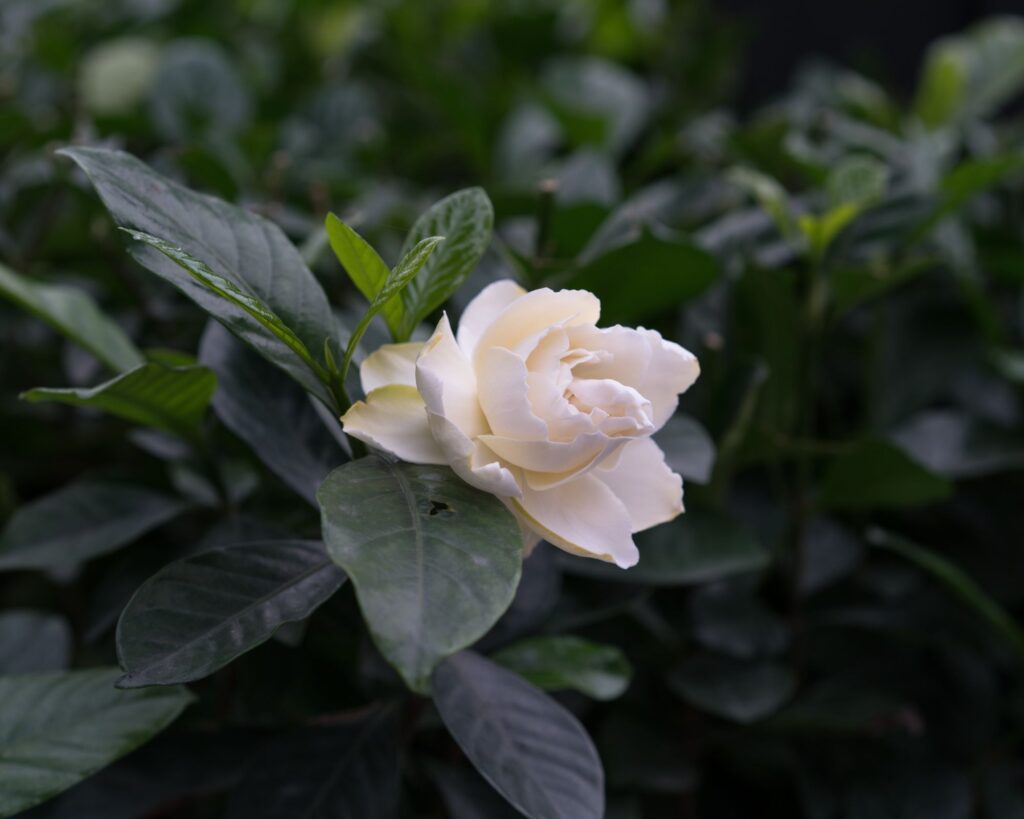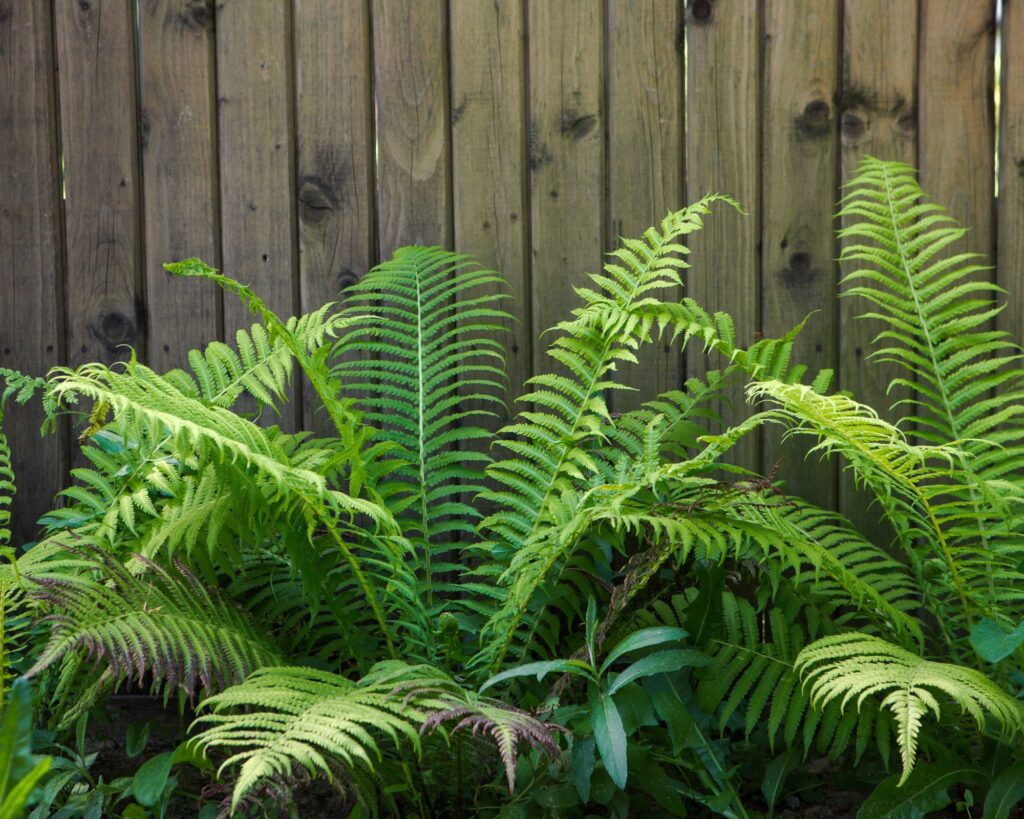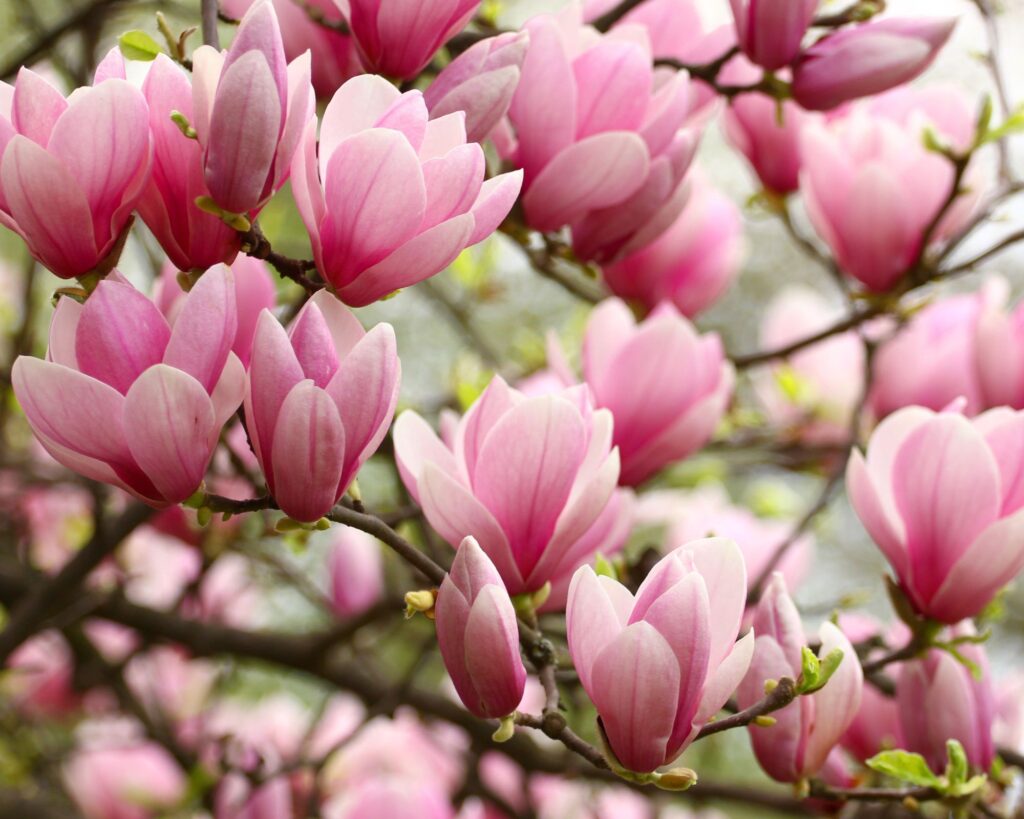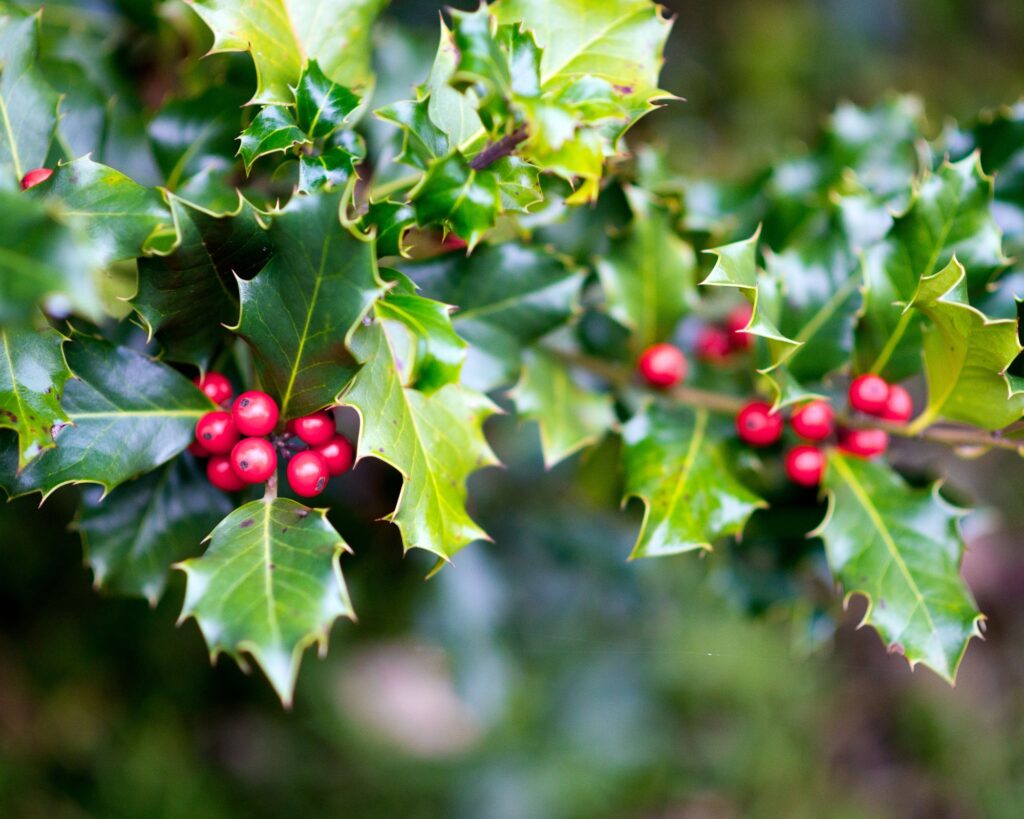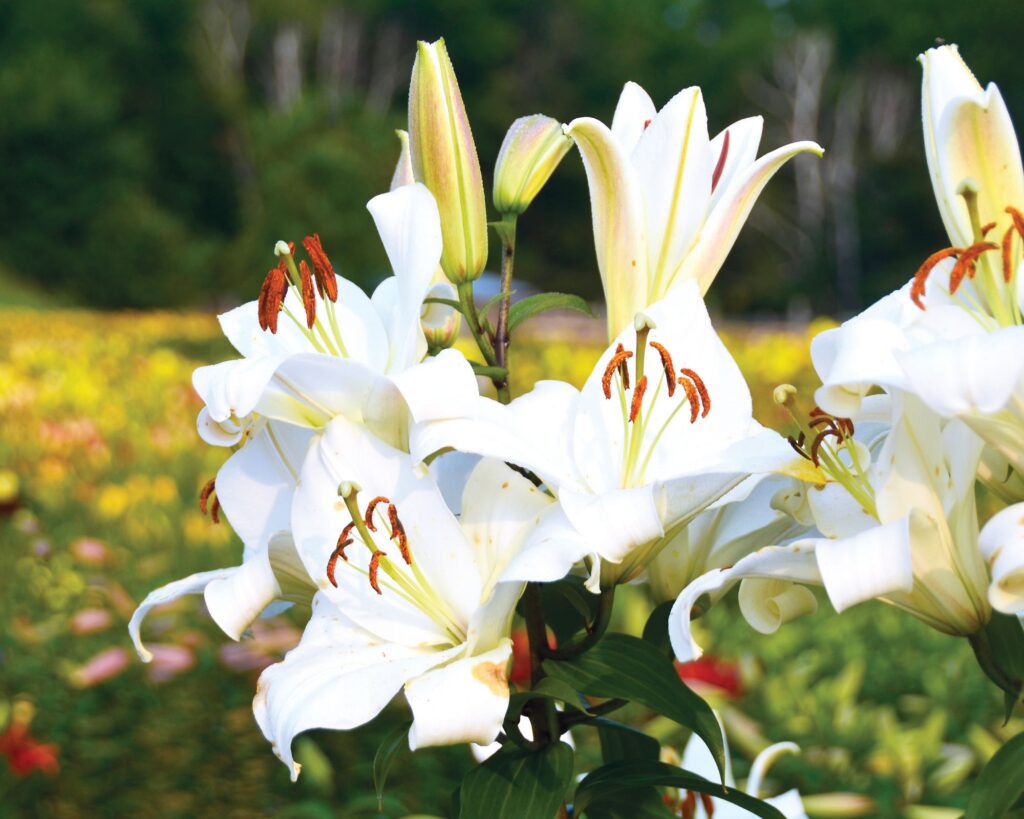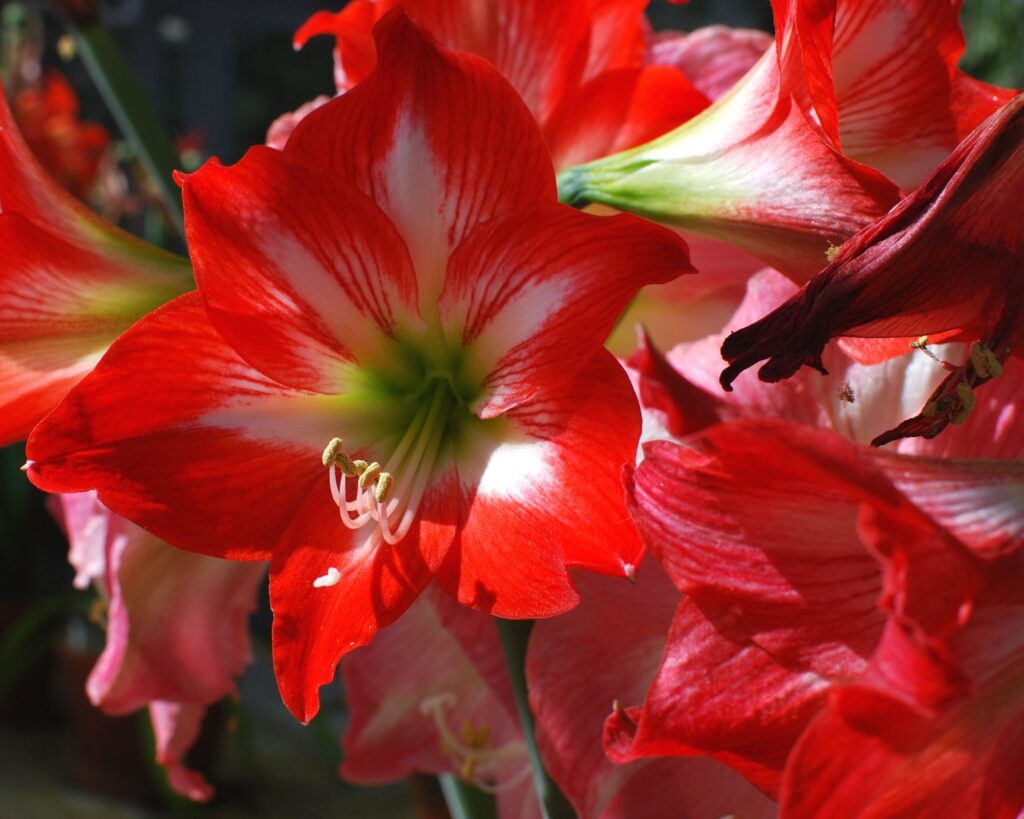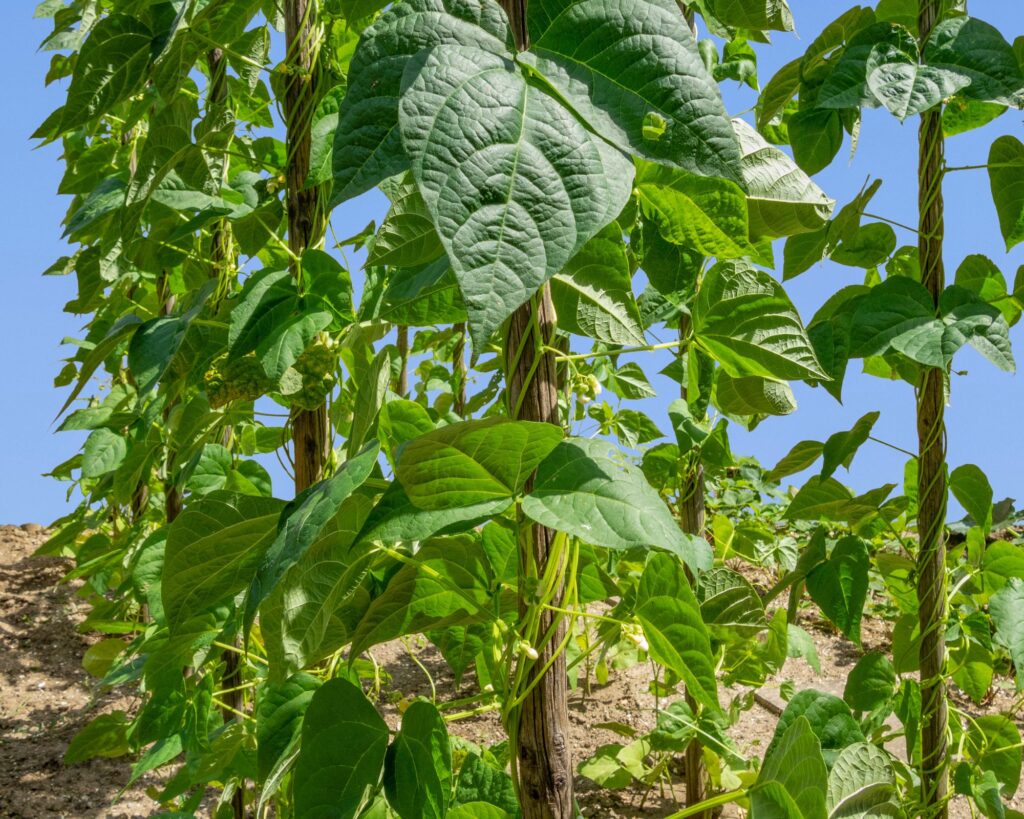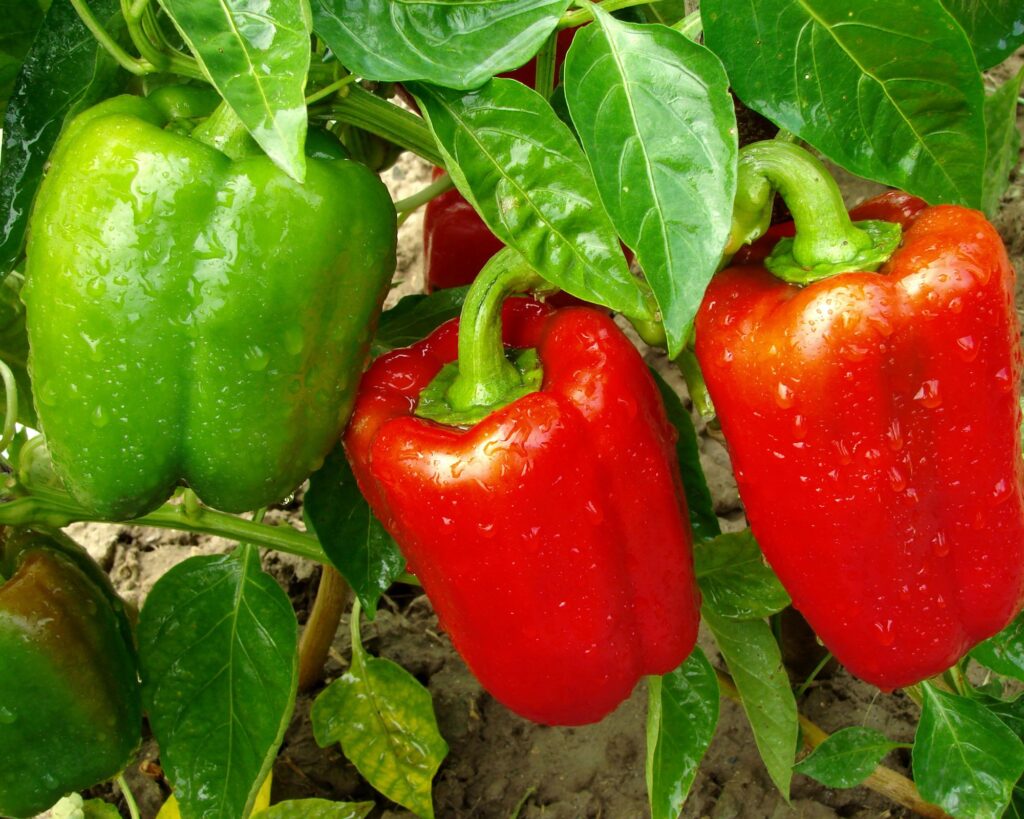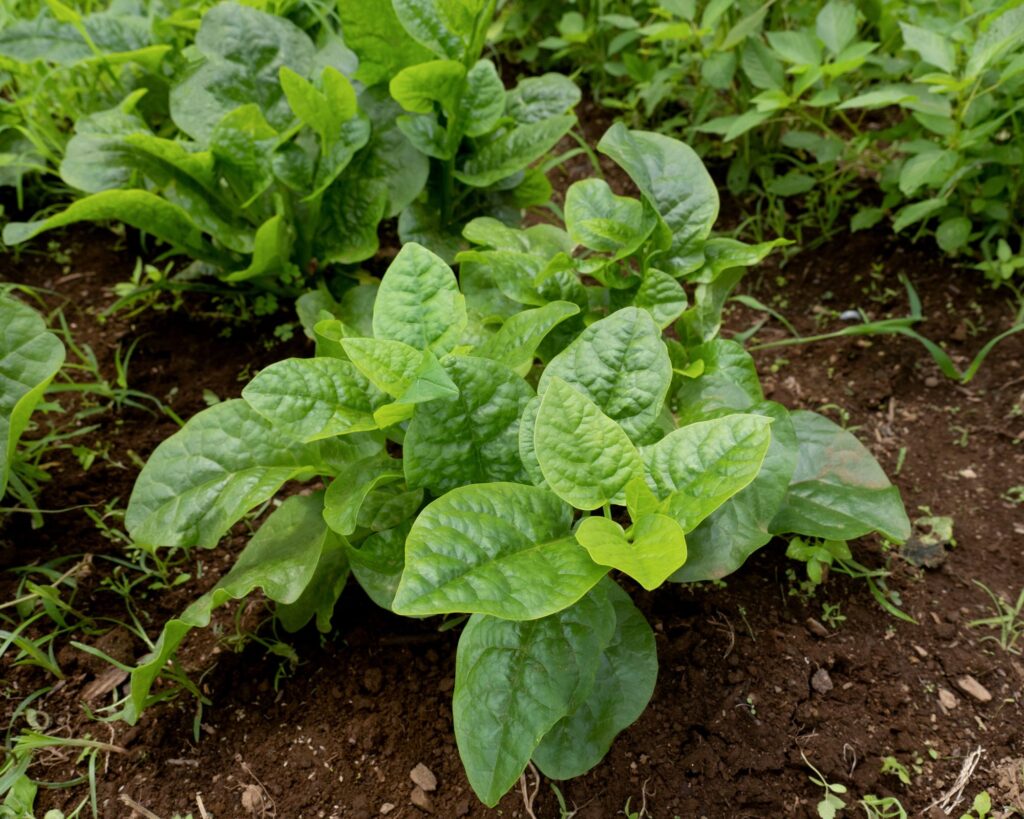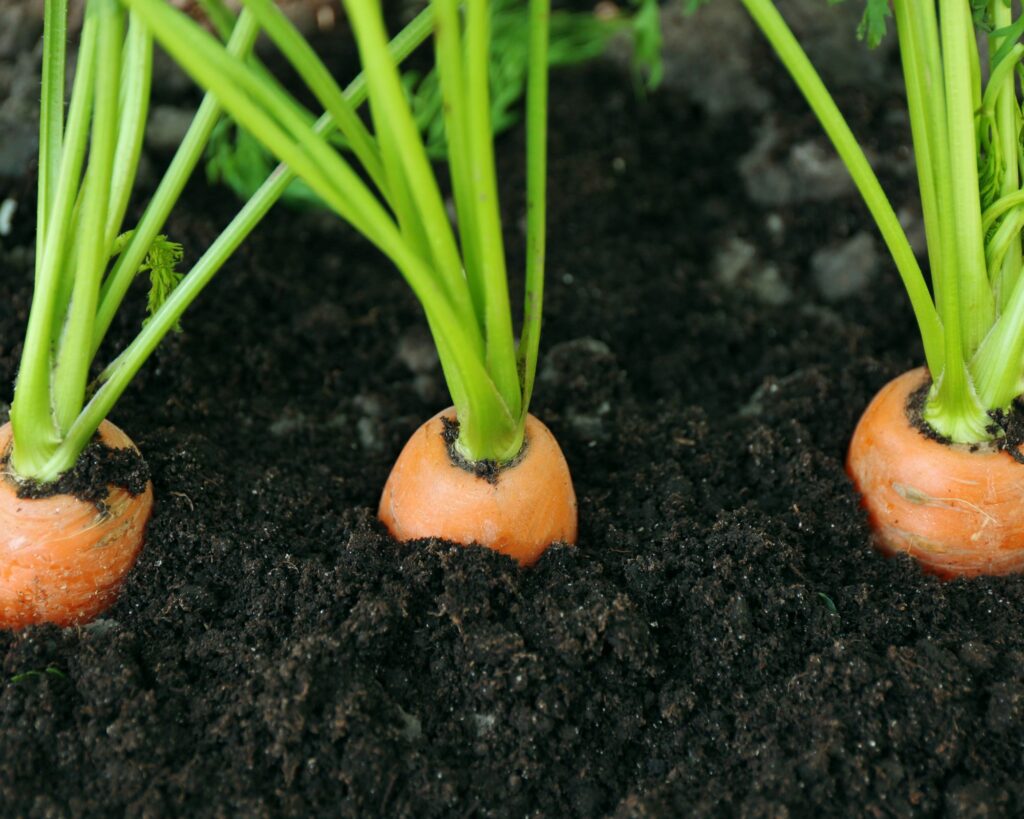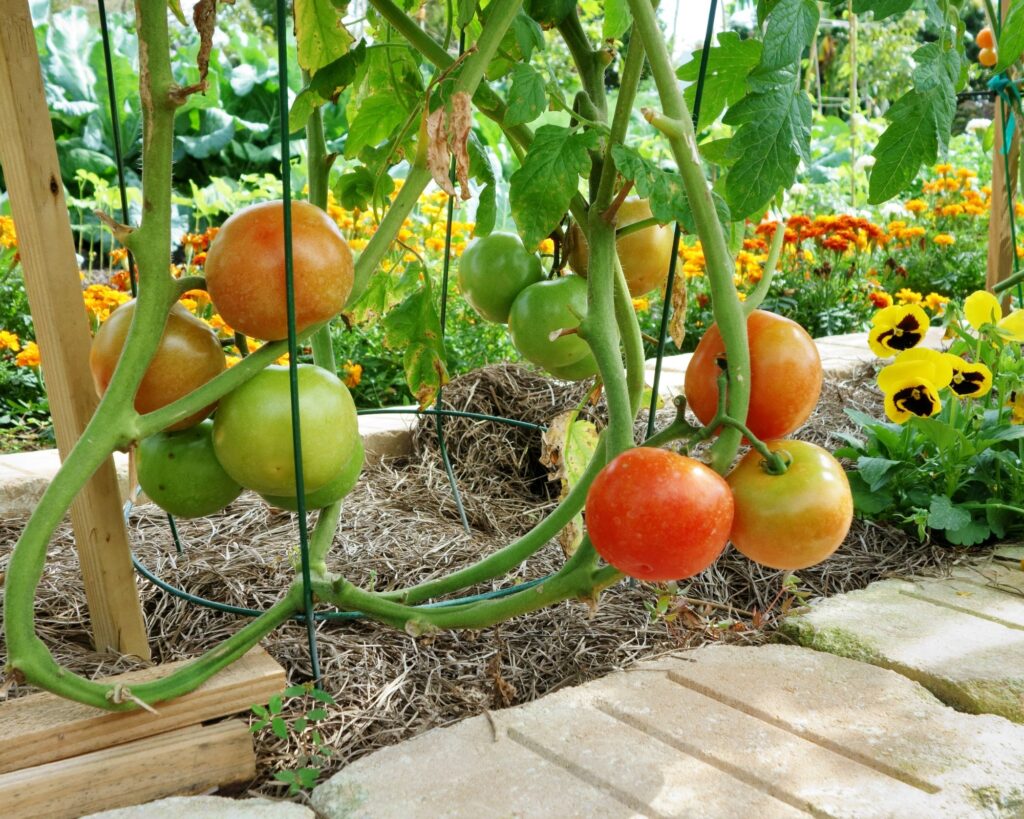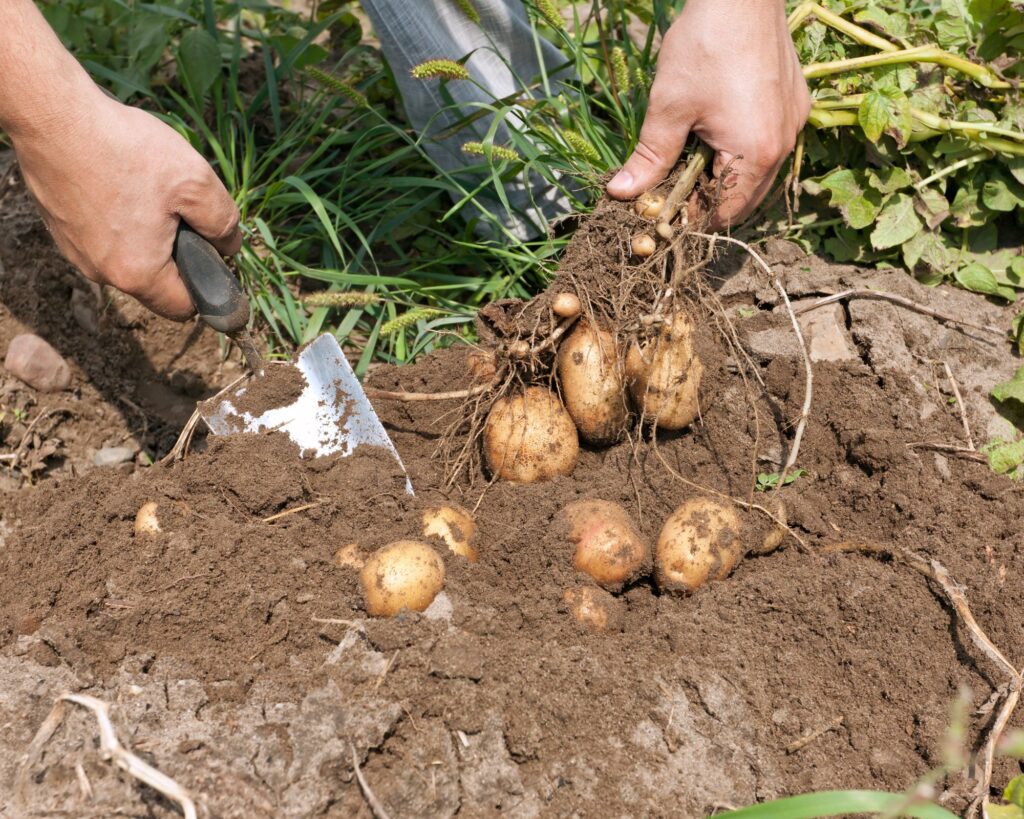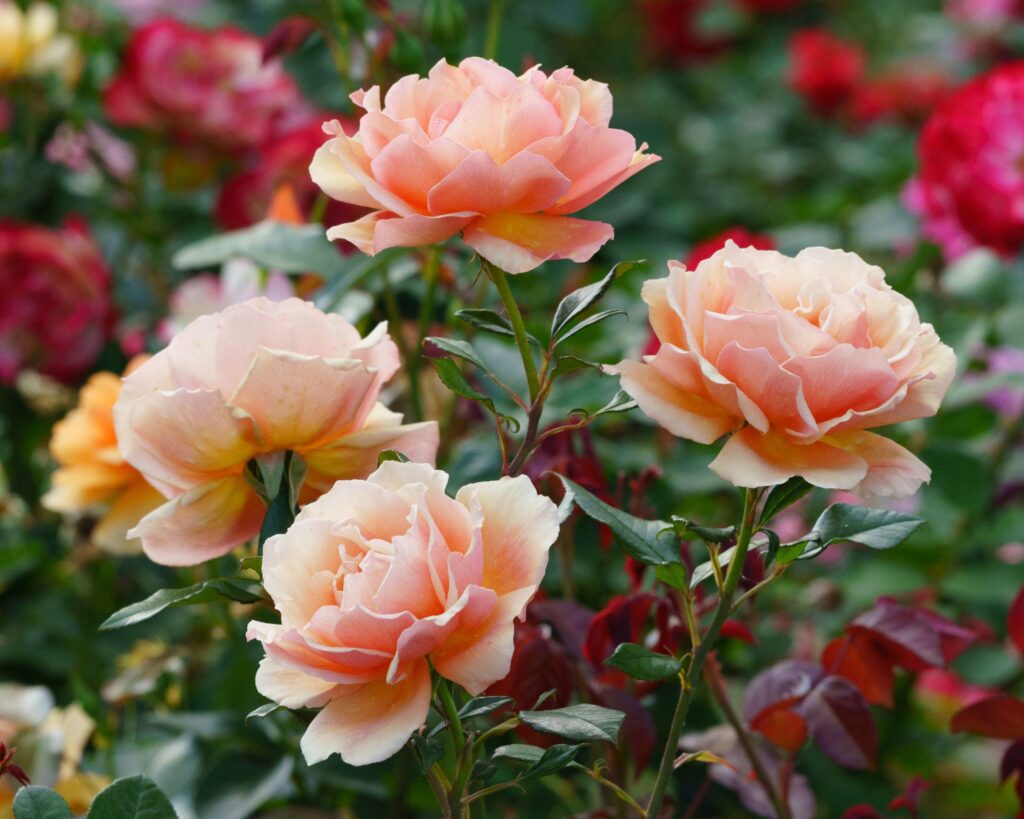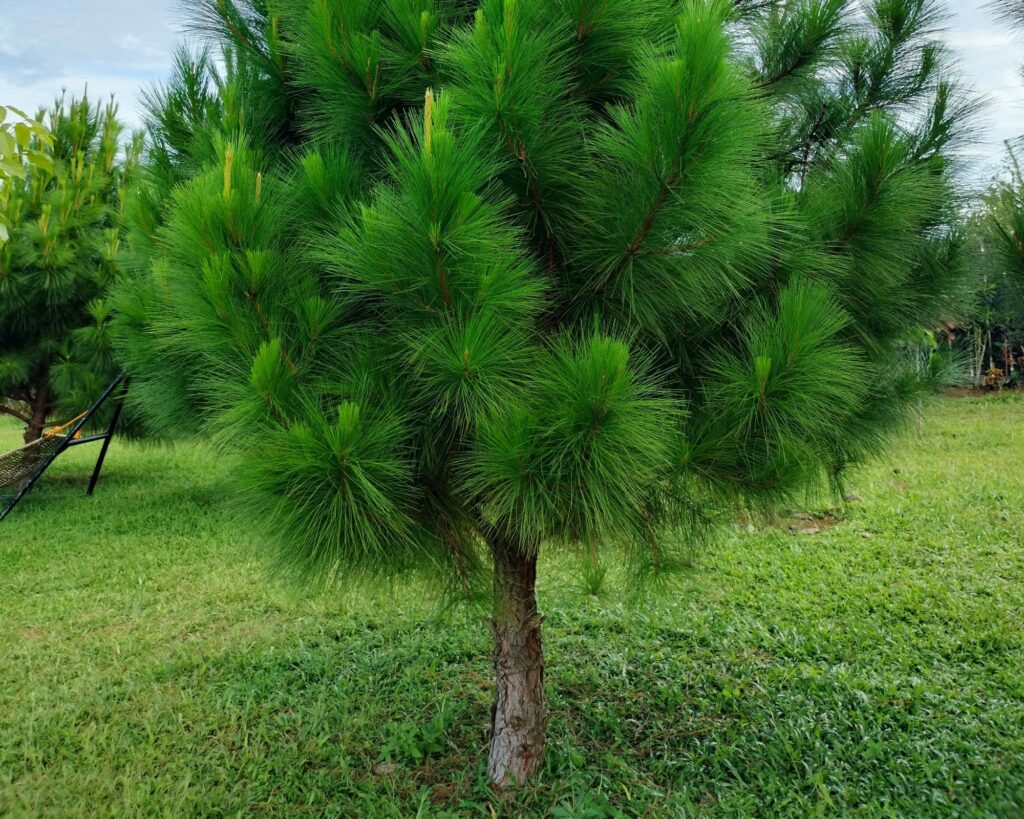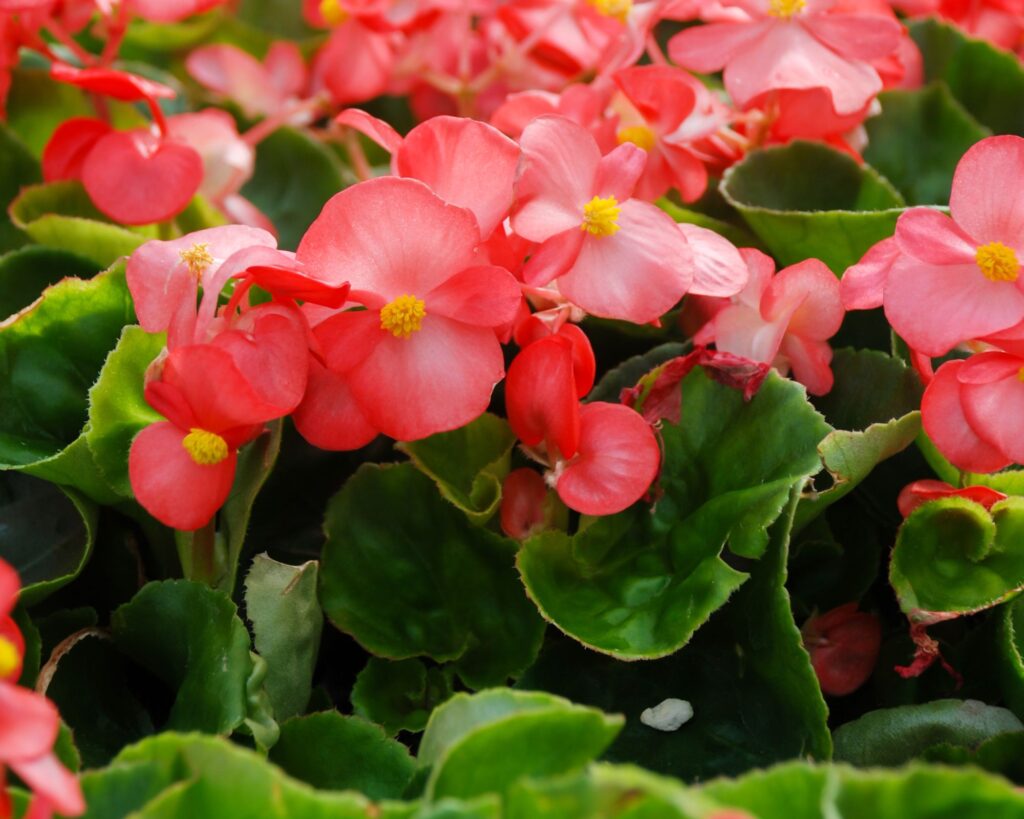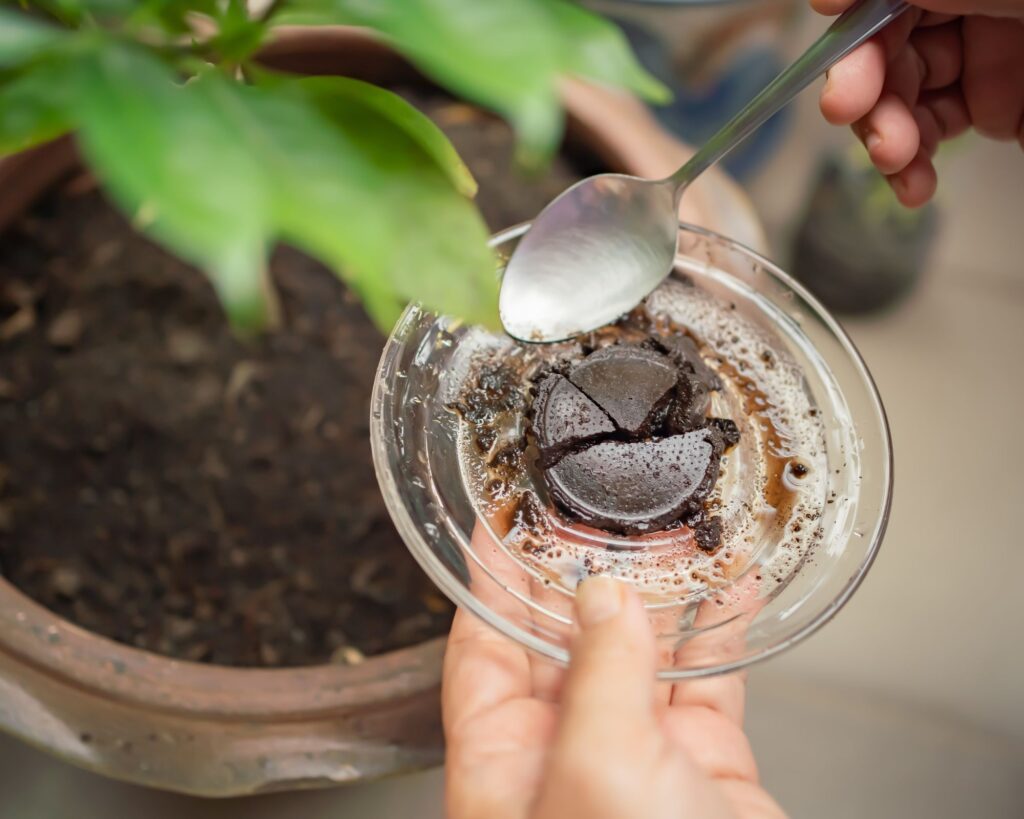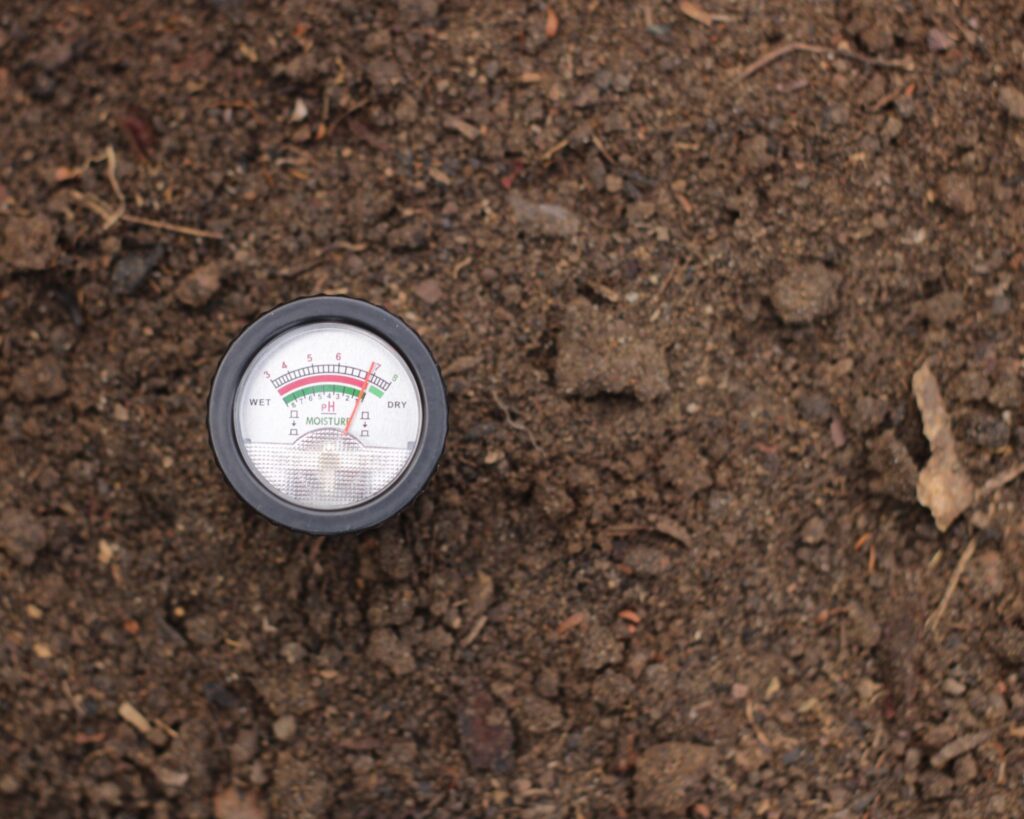Coffee grounds are an incredible resource for gardeners looking to give their acidic plants a boost. Rich in nitrogen, phosphorus, potassium, and trace minerals, used coffee grounds act as a natural fertilizer.
They help enrich the soil, improving drainage and structure, and work as a great compost ingredient.
Here’s a guide to over 20 acid-loving plants that will thrive with coffee grounds, along with tips on how to use them effectively.
Why Coffee Grounds Benefit Acidic Plants
Coffee grounds are slightly acidic, with a pH around 6.2–6.8, making them suitable for plants that prefer acidic to slightly acidic soils.
They also break down to release nitrogen slowly, promoting healthy foliage. Moreover, the grounds’ texture enhances soil aeration and water retention, fostering a thriving root environment.
Here’s a look at some garden favorites that will love a dose of coffee grounds.
1. Azaleas
Azaleas thrive in acidic soil, and coffee grounds can help maintain the low pH they need. Azaleas’ shallow roots benefit from the moisture-retaining quality of coffee grounds, especially when mixed into mulch.
2. Hydrangeas
Hydrangeas respond well to acidic soil, which influences bloom color in some varieties. Blue hydrangeas, for example, require acidic soil to maintain their color, so sprinkling coffee grounds around the roots can help preserve those vibrant blue hues.
3. Camellias
With their delicate flowers and evergreen foliage, camellias are another acid-loving plant that benefits from coffee grounds. The slow-release nutrients help enhance flower production and overall plant health.
4. Blueberries
Blueberries thrive in acidic soil with a pH between 4.5 and 5.5. Coffee grounds can help keep the soil within this range, resulting in healthy bushes and an abundant berry harvest.
5. Gardenias
Known for their aromatic white flowers, gardenias prefer a soil pH between 5.0 and 6.5. Regular applications of coffee grounds can help gardenias achieve optimal blooms and lush foliage.
6. Ferns
Many ferns, like the Boston fern, prefer slightly acidic soil. Mixing coffee grounds into their potting mix can give them a slight acidity boost and help improve moisture retention.
7. Magnolias
Magnolias love acidic soil for their grand, fragrant blooms. Adding coffee grounds around the base of a magnolia tree can help maintain the acidic environment they need.
8. Hollies
Holly plants, both the evergreen and deciduous varieties, thrive in acidic soil. Coffee grounds around hollies help keep the soil acidic, which in turn keeps the foliage lush and green.
9. Heathers
Heathers (Calluna species) prefer acidic, well-drained soils. Coffee grounds can help retain moisture without making the soil too heavy, providing the ideal growing conditions for heather’s low, bushy form.
10. Lilies
Some lilies, like Asiatic lilies, are partial to slightly acidic soils. A sprinkling of coffee grounds around them can help keep the soil’s pH within their preferred range.
11. Amaryllis
Amaryllis bulbs do well in slightly acidic soils. Adding coffee grounds to the soil can enhance their root structure, giving you fuller blooms when the plant flowers.
12. Beans
Beans, especially pole beans, like slightly acidic to neutral soil. A moderate amount of coffee grounds added to the garden soil can help improve bean plants’ growth without over-acidifying the soil.
13. Peppers
Most peppers, including bell peppers and chilies, appreciate a slight acidity in their soil. Adding coffee grounds in moderation helps peppers develop a robust root system, translating to a bountiful harvest.
14. Spinach
Spinach prefers slightly acidic to neutral soil. Adding coffee grounds to your spinach bed can promote healthy leaf production and keep the soil at the desired pH.
15. Radishes
Radishes grow well in soil with a pH slightly below neutral. Mixing coffee grounds into the soil can improve moisture retention, aiding radish growth.
16. Carrots
Carrots, like radishes, benefit from slightly acidic soil. Adding coffee grounds can aid in soil structure, helping carrots grow straight and true without compacting the soil.
17. Tomatoes
Tomatoes thrive in slightly acidic soil, typically between 6.0 and 6.8 pH. Coffee grounds provide nitrogen, promoting leafy growth while keeping the soil in an ideal pH range for tomato plants.
18. Potatoes
Potatoes prefer slightly acidic soil. Adding coffee grounds around your potato plants helps retain moisture and maintain the correct pH for these tubers.
19. Roses
Roses love coffee grounds, which supply essential nutrients and keep the soil slightly acidic. However, it’s best to use them sparingly, as roses can be sensitive to too much acidity.
20. Pine Trees
Pine trees thrive in acidic soil, which is why you often see them surrounded by fallen needles that acidify the soil. If you have young pine trees, a light sprinkle of coffee grounds can help them grow strong and healthy.
21. Begonias
Begonias prefer slightly acidic soil and appreciate the added nitrogen from coffee grounds. Adding grounds to the soil or mulch can promote vibrant flowers and healthy foliage.
Tips for Using Coffee Grounds Effectively
- Composting: Coffee grounds work well when added to compost. Mix them with brown materials, like leaves or straw, to balance the carbon-to-nitrogen ratio in your compost.
- Mulching: Mix coffee grounds into mulch around plants to improve moisture retention and soil health. Be sure not to overdo it, as too many grounds can create a compacted layer that water may struggle to penetrate.
- Direct Application: Sprinkle a thin layer of used coffee grounds around the base of plants, but avoid piling it up too much. Rake them lightly into the soil to prevent clumping.
- Brewed Coffee Dilution: For plants that prefer only mild acidity, dilute leftover brewed coffee with water (about one part coffee to three parts water) and use it as a soil drench.
- Avoid Fresh Grounds: Fresh coffee grounds are more acidic than used ones and should be used cautiously. For acidic plants, you can mix fresh grounds into the compost or let them sit outside for a few days before applying.
- Watch for Signs: Plants receiving too much nitrogen may have lush, green foliage but fewer flowers or fruits. If you notice these signs, reduce the amount of coffee grounds applied.
Potential Drawbacks
While coffee grounds can be a boon to your garden, there are a few cautions to keep in mind. Too many grounds may create overly acidic soil, potentially damaging non-acidic plants.
Additionally, coffee grounds may be too rich in nitrogen for seedlings, which need a balanced start. Monitor your garden’s pH regularly to ensure that the soil remains within the optimal range for your plants.
Used coffee grounds are a fantastic, eco-friendly resource to keep your acidic plants happy and thriving.
By understanding which plants benefit from this natural fertilizer and applying it correctly, you can cultivate a healthier, more vibrant garden.
So next time you brew your morning coffee, think twice before throwing those grounds away – they could be the key to healthier blooms and bountiful harvests in your garden.
